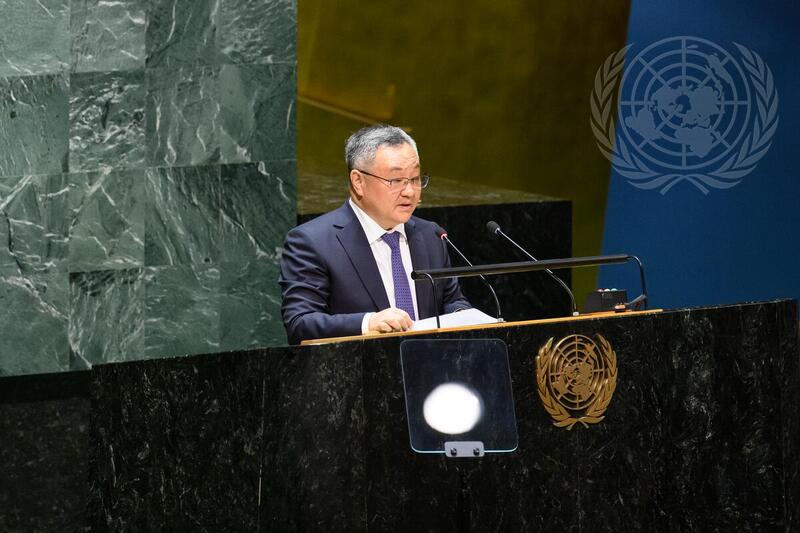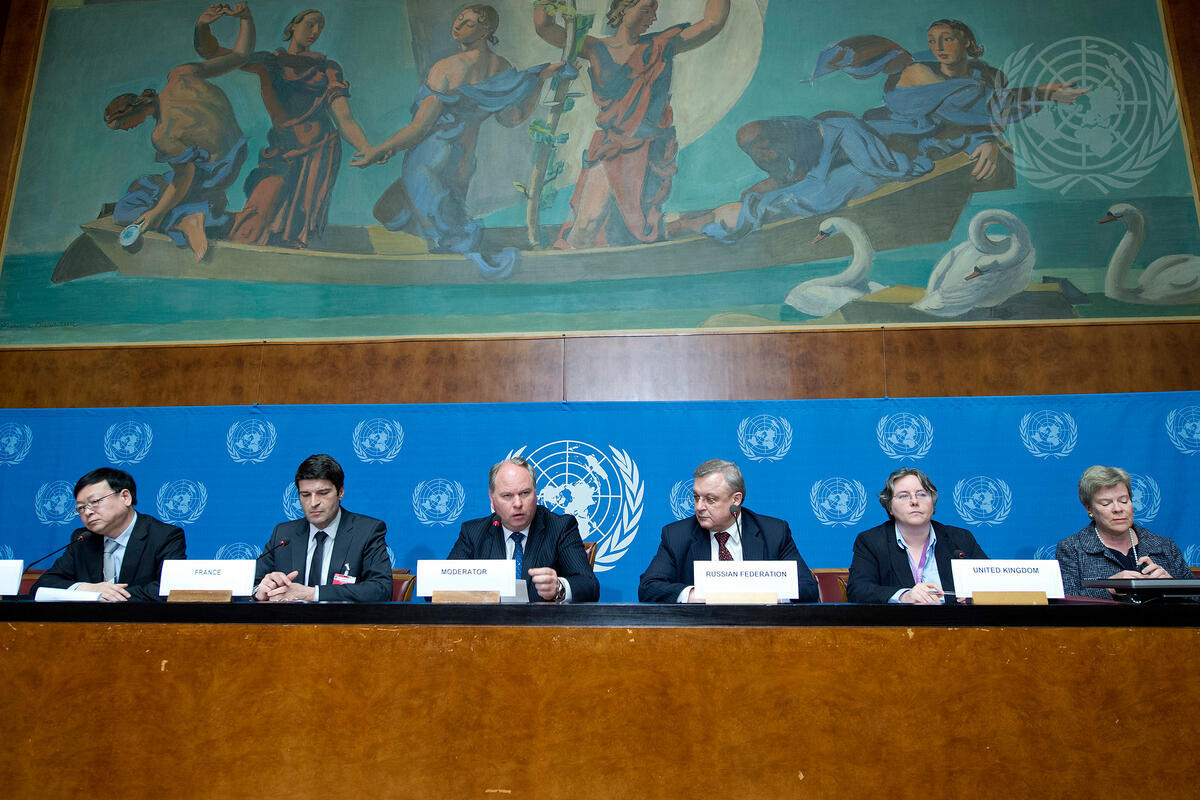Resurgence of N-dilemma
THE TRIBUNE
APLN member Shyam Saran wrote for the Tribune India on concepts of nuclear deterrence. Read the full article here.
Deterrence assumes the entities involved are state actors, but what if they are not?
Since the end of the Cold War in 1990 and the significant reductions in the nuclear arsenals of the two nuclear superpowers — the US and Russia — the world took its eyes off the existential danger posed by nuclear weapons. The fact that the ‘nuclear taboo’ had never been broken since the first and only use of nuclear weapons by the US against Japan in 1945, reinforced a sense of receding danger from nuclear weapons. This has always been a false assurance. The nuclear danger has increased, not diminished since the end of the Cold War.
The basic contradiction that underlies the doctrine of nuclear deterrence remains unresolved. Nuclear weapons are not weapons of war. The five nuclear weapon states (NWS), parties to Nuclear Non-Proliferation, have recently reiterated, ‘A nuclear war cannot be won and must never be fought.’ And yet, a potential adversary may be deterred from launching a nuclear attack only if the target country can credibly threaten a devastating retaliatory attack. Nuclear deterrence demands both capability and intent to wage nuclear war.
The size of nuclear arsenals have been reduced but the qualitative improvement of both nuclear weapons and their delivery systems has continued apace. Digital technologies are making a big difference in the efficacy of weapons, the accuracy of their delivery to targets and the speed of delivery. But the digitisation of weapons systems is creating new risks and the nuclear risk is now intertwined with cyber risks. Was a glitch in the digital controls of the BrahMos missile responsible for its accidental firing into Pakistani territory on March 9 this year? While this fortunately ended without triggering a full-scale war between the two nuclear-armed hostile neighbours, the outcome may well have been more dire in nature. A thorough and transparent probe is unlikely in either country where accountability to the people is a minimal concern. The national security argument is now the most convenient shield against public scrutiny.
Concepts of nuclear deterrence were developed in an era of an essentially binary East-West nuclear confrontation. The major players were the US and the then Soviet Union. The situation is radically different today when there are nine nuclear weapon states with complex political and strategic equations among them. The binary construct is no longer relevant. The US and Russia still have the largest arsenals, over 90% of the global total but China is catching up fast. Neither Moscow nor Washington believe that bilateral arms deals will enhance their security unless China joins the negotiations. In the subcontinent, India is reluctant to engage in nuclear arms control with Pakistan because China is its main adversary. China, on the other hand, has structured its nuclear deterrent with the US in mind. It is only in a multilateral format that these differing threat perceptions can be addressed and reconciled.
Nuclear deterrence is irrelevant in dealing with threats of nuclear terrorism. The miniaturisation of nuclear warheads to the point where they could be launched with a shoulder-fired missile makes such terrorism a realistic threat. If such an attack could be launched from the territory of a friendly country or even from within one’s own borders, how would deterrence work? Nuclear deterrence tacitly assumes that the entities involved are state actors. But what if there are non-state actors? Dealing with this new class of nuclear threats would require an unprecedented level of international trust and collaboration which is unlikely in the current turbulent geopolitical context.
The ongoing Ukraine war has shaken the atmosphere of relative complacency regarding the nuclear threat. Russia has threatened the possible use of nuclear weapons if any outside power tries to intervene. This has brought international attention back to the danger of nuclear war and the questioning of various assurances extended to non-nuclear weapon states in return for their commitment to refrain from acquiring nuclear weapons. This will not play well at the forthcoming 10th Review Conference of the Parties to the Nuclear Non-Proliferation Treaty being convened in New York in August. Russia may have dealt a mortal blow to the global non-proliferation regime.
There is another long-standing dilemma which the Ukraine war has highlighted and this relates to the distinction between theatre or tactical nuclear weapons (TNWs) and strategic nuclear weapons. Faced with potential military defeat of its forces in Ukraine, Russia may well employ a TNW to inflict devastating losses on Ukraine forces. Whatever the Russian intent, there is now a fresh debate over the possible use of TNWs without triggering an all-out nuclear war. What are TNWs? No clear definitions exist. Could they be classified in terms of yields? TNWs in the US may have yields ranging from 0.1 to 170 kilotons and Russian TNWs from 0.3 to 100 kilotons. Considering that the atomic bombs dropped on Hiroshima and Nagasaki were each about 15 kilotons, devastating entire cities, could a larger yield TNW really be classified as a battlefield weapon? Other definitions point to their range, which may be 300-500 km. But in the India-Pakistan context, a strategic exchange may involve much shorter distances. In the India-Pakistan context, it makes no sense to posit such a distinction. More important is the command and control aspect i.e. that when the use of a nuclear weapon is devolved on a battlefield commander without reference to a central command and control, it may be classified as a TNW, irrespective of yield or range. The distinction is semantic. Once nuclear weapon of any yield or range has been unleashed by a battlefield commander or a central command, the end result is a catastrophic strategic exchange. As John Mattis, a former US Secretary of Defence, observed, ‘I don’t think there is any such thing as a tactical nuclear weapon. Any nuclear weapon used at any time is a strategic game changer.’
In the film, War Games (1983), the supercomputer simulating nuclear war games concluded, ‘The only winning move is not to play.’
Image: Danger zone: There is now a fresh debate over the possible use of tactical nuclear weapons (TNWs) without triggering an all-out nuclear war. PTI




